Optimal Timing for Waterproofing Projects
Proper timing for waterproofing projects ensures optimal results and longevity. The best time depends on weather conditions, temperature, and the specific type of waterproofing material used. Generally, dry, mild weather periods are ideal for applying waterproofing solutions to prevent issues related to moisture and temperature fluctuations.
Spring offers moderate temperatures and lower humidity, making it suitable for waterproofing projects. It allows sufficient curing time before summer heat or winter cold.
Summer provides warm temperatures that accelerate curing, but high humidity and rain can hinder application. Dry, sunny days are preferred for effective waterproofing.
Fall is suitable due to cooler temperatures and lower humidity. It provides enough time for waterproofing to settle before winter.
Winter is generally not recommended because cold temperatures can prevent proper curing and adhesion of waterproofing materials. Freezing conditions can compromise the effectiveness.
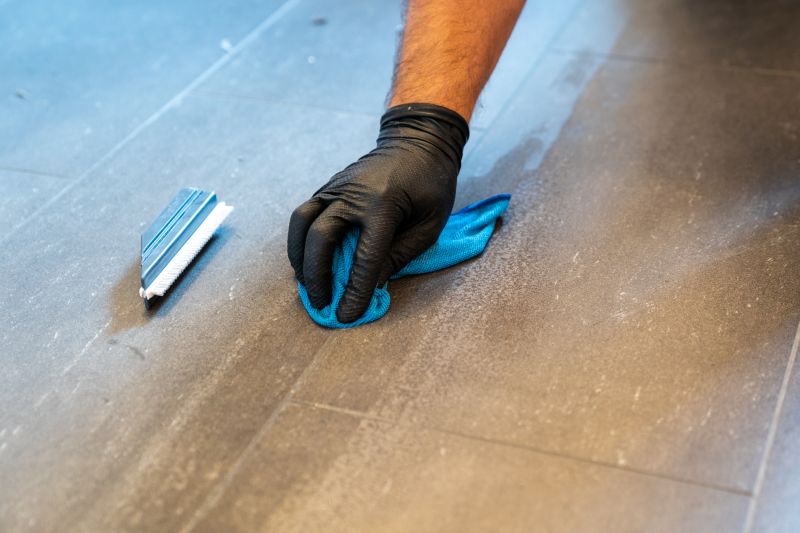
Ways to make Waterproofings work in tight or awkward layouts.
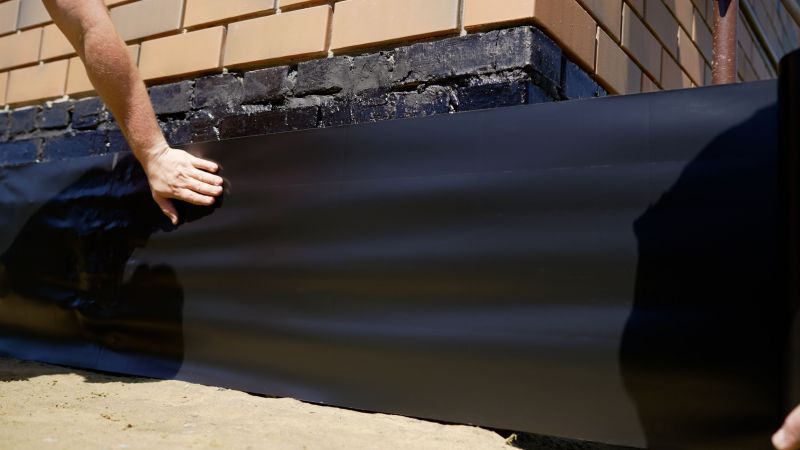
Popular materials for Waterproofings and why they hold up over time.

Simple add-ons that improve Waterproofings without blowing the budget.
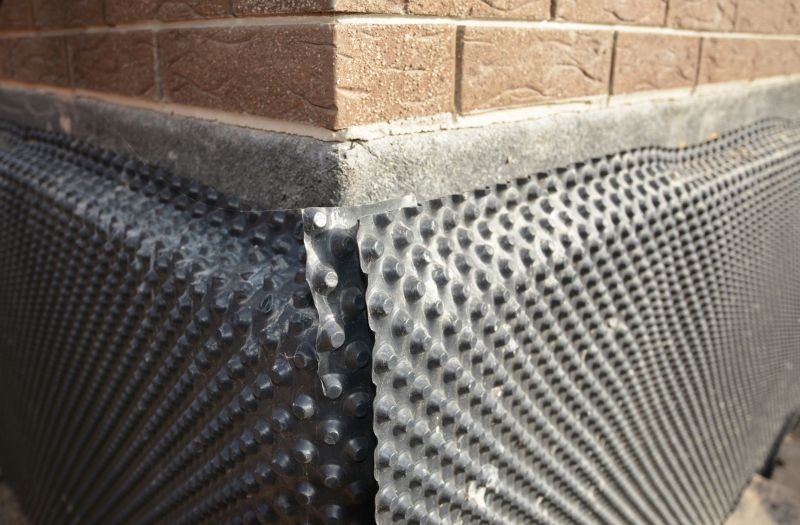
High-end options that actually feel worth it for Waterproofings.
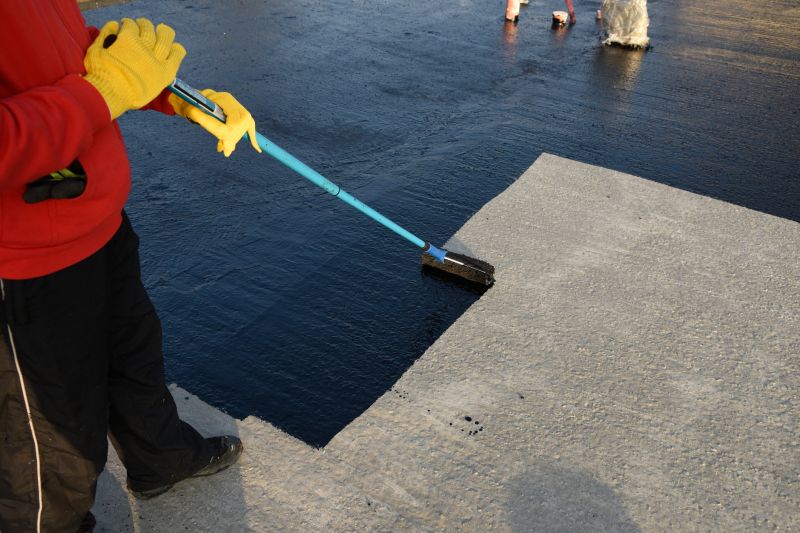
Finishes and colors that play nicely with Waterproofings.
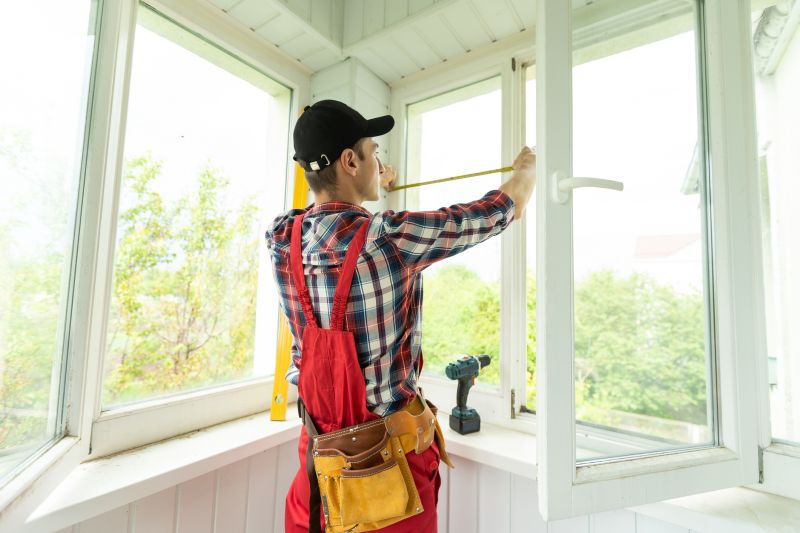
Little measurements that prevent headaches on Waterproofings day.
Waterproofing is a critical process to protect structures from moisture intrusion, which can lead to mold, decay, and structural damage. Different waterproofing methods are suited to various environmental conditions and surfaces, including basement walls, roofs, and foundations. Proper application at the right time enhances durability and reduces long-term maintenance costs.

A 60-second routine that keeps Waterproofings looking new.
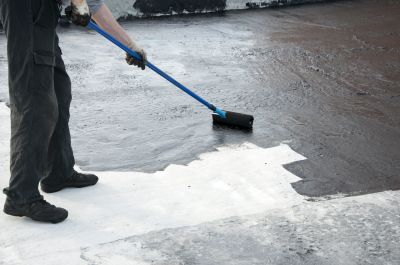
A frequent mistake in Waterproofings and how to dodge it.
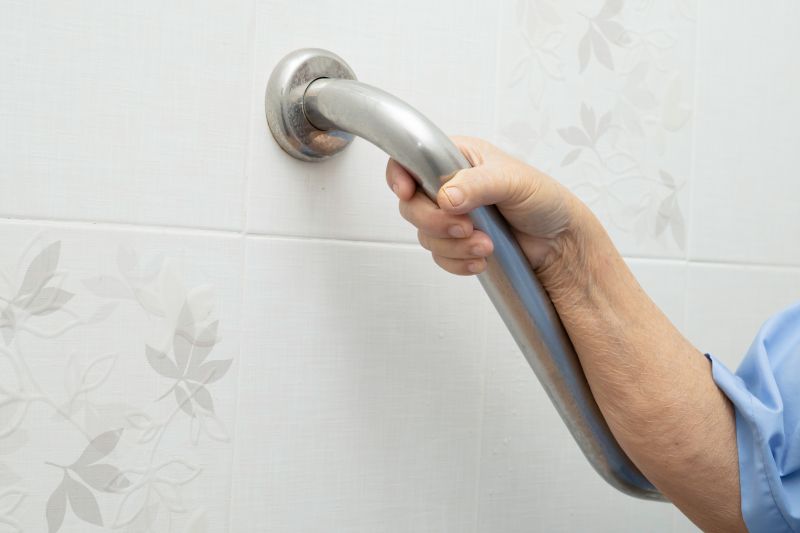
Small tweaks to make Waterproofings safer and easier to use.
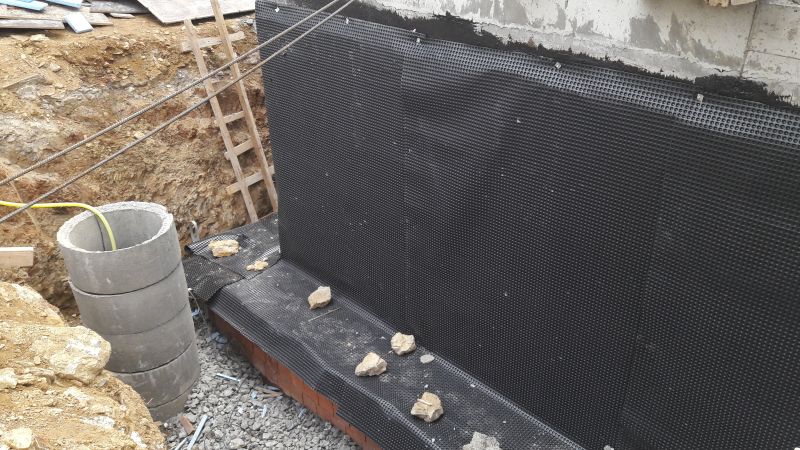
Lower-waste or water-saving choices for Waterproofings.
| Season | Ideal Conditions |
|---|---|
| Spring | Moderate temperatures, low humidity |
| Summer | Warm and dry days |
| Fall | Cooler temperatures, low humidity |
| Winter | Cold, freezing conditions |
Choosing the optimal time for waterproofing involves assessing local weather patterns and ensuring conditions are suitable for the specific materials used. Proper timing helps achieve maximum adhesion and durability, preventing future moisture problems and structural issues.
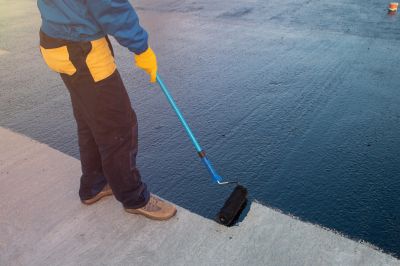
The short, realistic tool list for quality Waterproofings.

Rough timing from prep to clean-up for Waterproofings.

Quick checks and paperwork to keep after Waterproofings.

Examples that show the impact a good Waterproofings can make.
If interested in waterproofing services, filling out the contact form provides a way to receive detailed information and scheduling options. Proper timing and application are essential for long-lasting protection against moisture intrusion.



